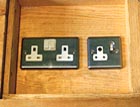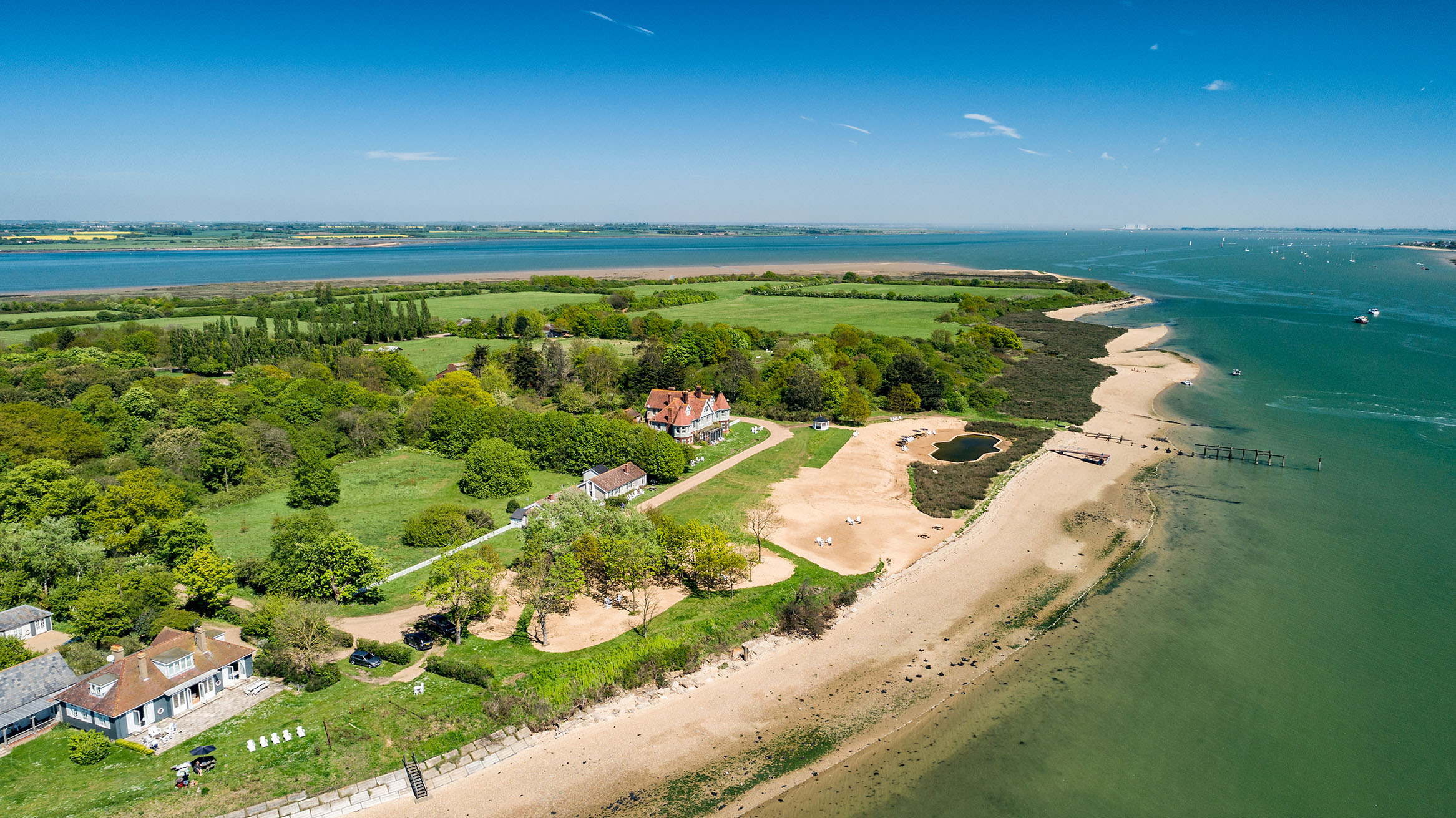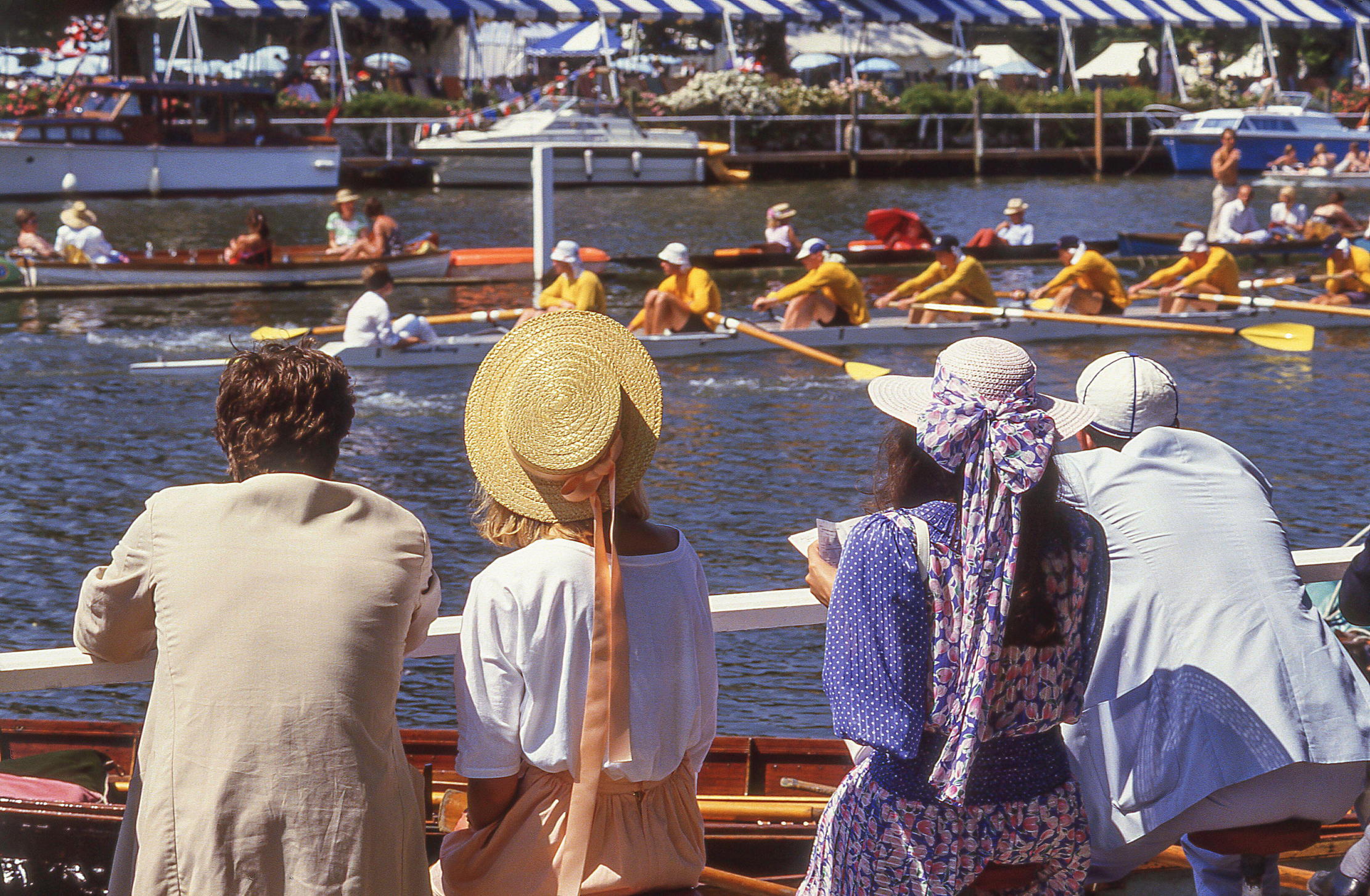Choosing wall sockets and light switches
Installing modern power points can be an explosive business in a period property, as William Palin discovers


Staying at a sensitively restored historic property should be a pleasurable experience. This was sadly not the case with a recent guest of mine who spent a less than peaceful night struggling to switch on the lights in the spare bedroom. You see, when it comes to the sensitive introduction of services into a 300 year old house, what is good for the aesthetics and integrity of the building can be highly confusing for the uninitiated visitor. What this particular house guest didn't realise, as he stumbled around in the darkness cursing my name, was that the table lamps, although plugged in at the floor, all ran off a circuit which was activated from a wall switch. Before beginning the restoration of my 1717 house, I had opted for this system knowing how much better panelled rooms appear in controlled, low level lighting. With a separate five-amp circuit I could activate a number of lamps from a single switch. Great when you know how. For the hallway and staircase, I stuck to ceiling lamps operated, as in the other rooms, by elegant brass 'toggle' switches, made by Forbes and Lomax. The only trouble is that after five years, I still cannot remember which switch relates to which light on which floor. Were I to do it again, I would certainly put the staircase lights together on one switch, so eliminating what has become a nightly brainteaser. As it turns out, the plug sockets, including those for the telephone and television, are cunningly hidden beneath hatches in the floor. I did not do this to confuse guests, but simply to keep the interiors as free as possible from modern clutter. There are actually plenty of places to charge your mobile phone, you just have to know where to look. All good in theory, but, as with most of elements of my house restoration, the implementation has not been flawless. For a start, I did not always put the floor panels in sensible positions. There are several underneath door openings, and still more now covered by furniture. I did not make the floor boxes deep enough so, when chargers or adapters are plugged in, I can't close the hatches and, still more stupidly, I did not provide sufficient lamp sockets, leaving some rooms gloomy even by 18th century standards. A more serious incident involving the electrics occurred during a dinner party, when a guest overturned a decanter of water onto the table. I watched, mesmerised, as the liquid ran from the table and down the sloping floor (of which I am so proud) and cascaded into one of my ingenious floor boxes. There was a crackle, a small explosion and the lights went out. Unable to restore power, we went authentic and resorted to candles. The house seemed happier that way. Brass toggle wall switches by Forbes & Lomax (020?7738 0202; www.forbesandlomax.co.uk) This article was originally published in Country Life magazine, October 6, 2005.
Sign up for the Country Life Newsletter
Exquisite houses, the beauty of Nature, and how to get the most from your life, straight to your inbox.
Country Life is unlike any other magazine: the only glossy weekly on the newsstand and the only magazine that has been guest-edited by HRH The King not once, but twice. It is a celebration of modern rural life and all its diverse joys and pleasures — that was first published in Queen Victoria's Diamond Jubilee year. Our eclectic mixture of witty and informative content — from the most up-to-date property news and commentary and a coveted glimpse inside some of the UK's best houses and gardens, to gardening, the arts and interior design, written by experts in their field — still cannot be found in print or online, anywhere else.
-
 380 acres and 90 bedrooms on the £25m private island being sold by one of Britain's top music producers
380 acres and 90 bedrooms on the £25m private island being sold by one of Britain's top music producersStormzy, Rihanna and the Rolling Stones are just a part of the story at Osea Island, a dot on the map in the seas off Essex.
By Lotte Brundle
-
 'A delicious chance to step back in time and bask in the best of Britain': An insider's guide to The Season
'A delicious chance to step back in time and bask in the best of Britain': An insider's guide to The SeasonHere's how to navigate this summer's top events in style, from those who know best.
By Madeleine Silver